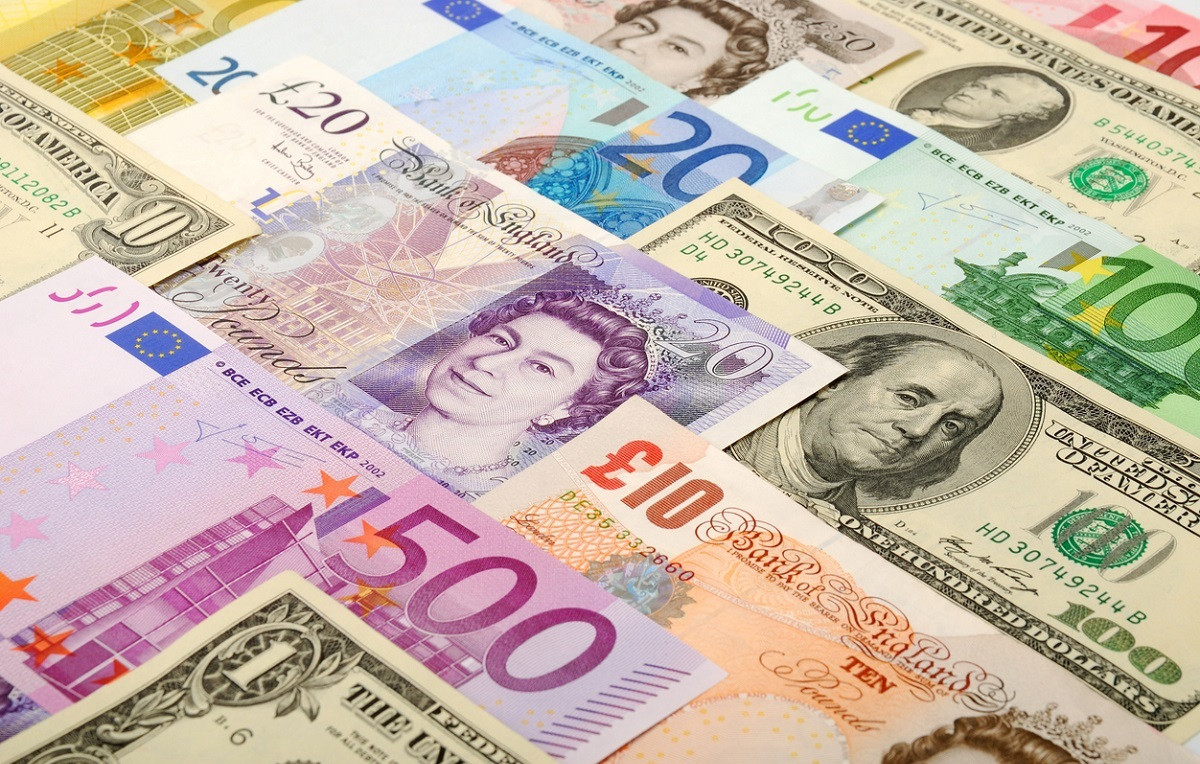
Traders are reconsidering their attitude towards the dollar after two important events - the Federal Reserve meeting and the disappointing GDP. This gives odds to other major currencies. The Japanese yen showed bright dynamics at the end of the week, the British pound has good potential. The euro is also trying to keep up, especially since there are new arguments in favor of a larger and faster European Central Bank rate hike. However, the burden of problems is too heavy for the euro to show at least a slightly similar dynamics with the same yen.
The dollar index fell below 106 on Friday, that is, to a low of more than three weeks. The US economy has contracted for the second consecutive quarter, fueling recession fears and raising expectations that the Fed will have to slow down its pace of rate hikes.
It is worth noting that the dollar has retreated from a 20-year high of 109.3, reached in mid-July, and is on its way to decline for the second consecutive week.
Dollar bulls at the end of the week are trying to contain the area of 106.00. If the index breaks above this mark, moves to a 2022 high near 109.40 could be seen. At the same time, bouts of additional weakness could lead to a decline in the dollar to 104.70.
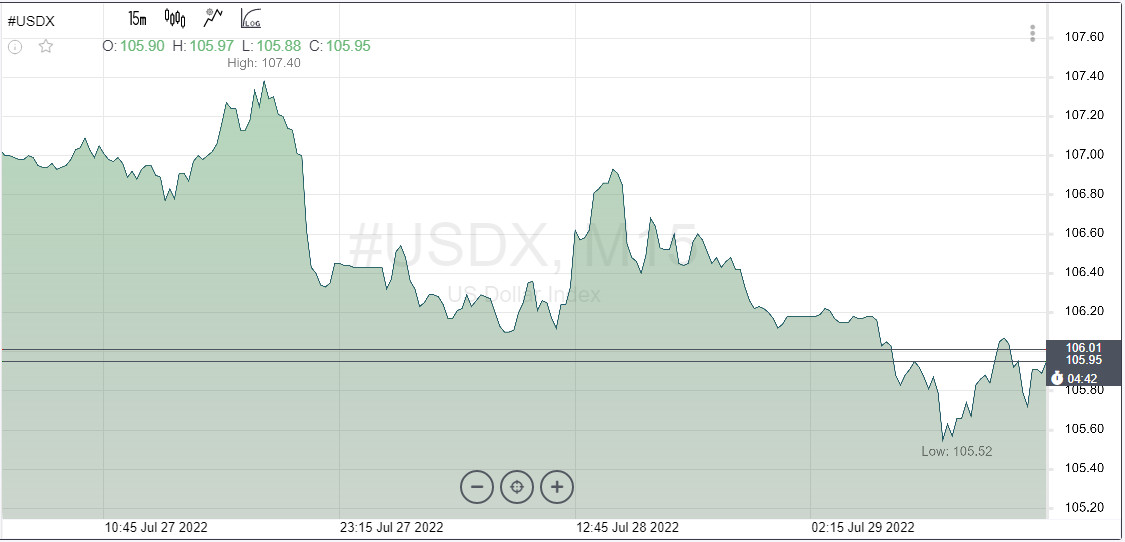
The upward trend of DXY is not in danger at the moment, as long as it is above 103.90.
The Japanese yen showed an impressive and promising rally, pushing the dollar below a six-week low of 133.00. The Japanese currency received an additional boost after the deputy head of the Bank of Japan Masayoshi Amamiya said that the central bank should always think about suitable means to exit the ultra-soft monetary policy, even if the actual shift will not happen soon.
The official's remarks intersected with the statements of the new members of the Board of the BOJ, who had previously stated that the central bank needed a strategy to exit large-scale stimulus. Nevertheless, Amamiya stressed the need to maintain simple monetary settings at the moment, arguing that wages should accelerate in order to increase consumption and help the country's economic recovery.
On the other hand, further recovery of risk appetite, as evidenced by movements in stock markets, undermines demand for a safe yen. This is seen as another support for the USD/JPY pair. There is also a significant discrepancy in the positions of the Fed and the BOJ on monetary policy. Commenting on the current upward trend in the yen, analysts prefer to call it temporary. The USD/JPY pair may have formed a temporary bottom around 132.50.
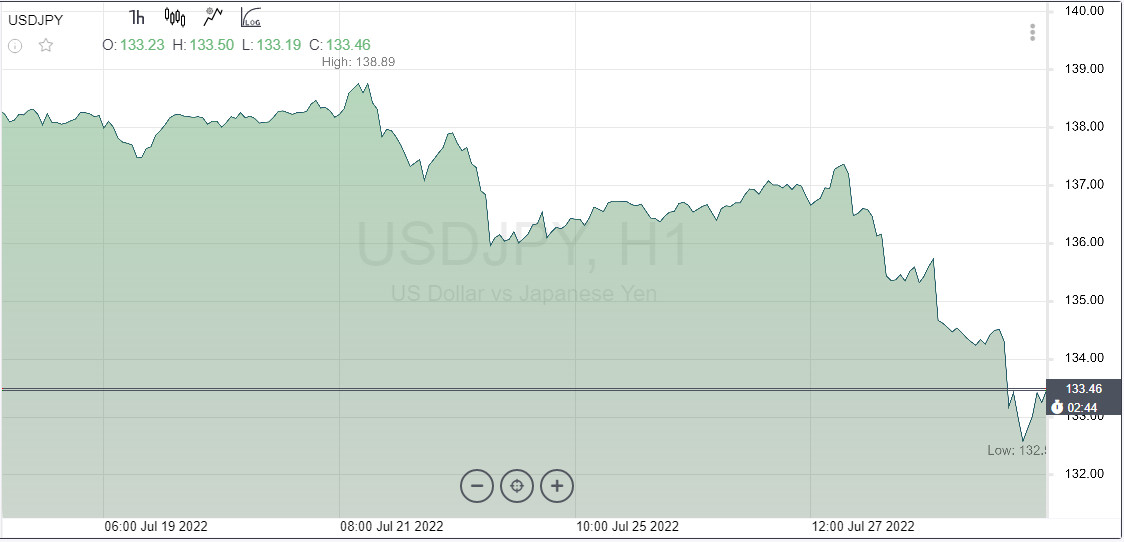
The impetus for the euro's growth on Friday was given not only by the weak dollar, but also by the internal component. Reports on GDP growth and inflation were published, which exceeded analysts' estimates. Inflation, apparently, did not reach a peak, as consumer prices accelerated in July to a new record of 8.9%.
As for economic growth, preliminary data indicated an increase of 0.7% compared to the previous quarter, exceeding market expectations for growth of 0.2%. Reports from France and Spain surprised with growth, while the German economy unexpectedly stopped. In annual terms, GDP grew by 4% against the forecast 3.4%. Thus, market players have more arguments in favor of a more aggressive approach by the ECB.
How will this help the euro? With a strong dollar and a recession widely expected in the region next year, there is no way.
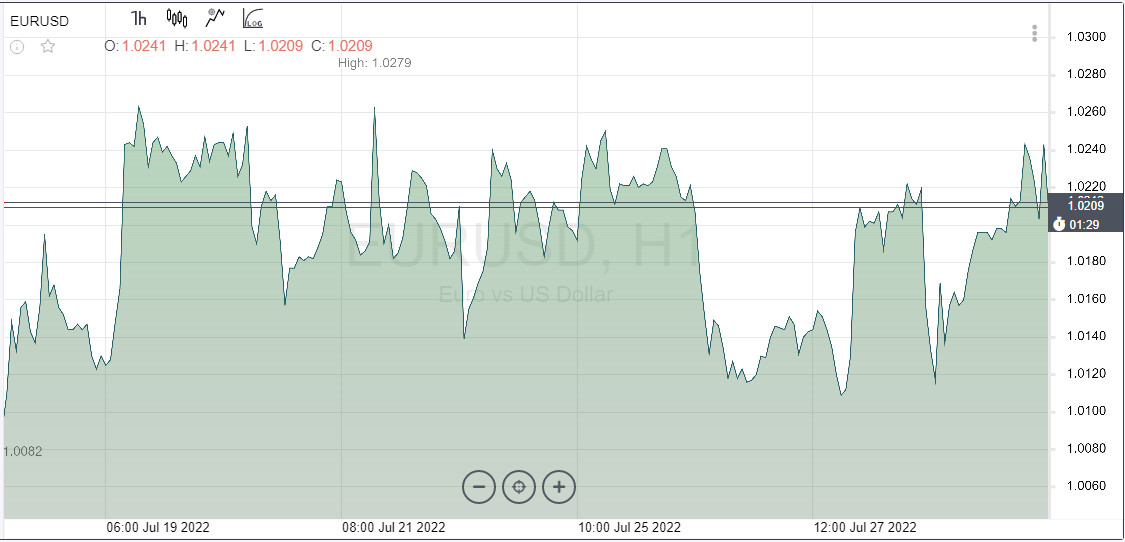
Wells Fargo is pessimistic about the prospects for the euro. The EUR/USD exchange rate, according to their forecasts, will fall to 0.9600 or lower. The ECB is likely to conduct a relatively limited policy tightening cycle. The situation with a potential recession is exacerbated by restrictions on Russian gas supplies and concerns about rationing gas consumption in the eurozone this winter.
Economists expect the eurozone economy to shrink by 0.2% in 2023.
However, Friday's data may briefly support the EUR/USD pair, which gained bullish momentum and rose above the key level of 1.0230. Bears remain on the sidelines for now.
If 1.0230 is confirmed as support, then the bulls' next target may be 1.0300 and 1.0370. In case of a breakthrough of 1.0230, additional losses may be observed in the direction of 1.0200 and 1.0150.
The euro, like the pound, are the currencies that have shown disappointing results this year. However, they can begin a confident series of recovery against the dollar if there is additional evidence of problems in the American economy.
The GBP/USD pair will be in the spotlight in the next week and a half. Markets will focus on the pound in connection with the next Bank of England meeting. Recall that the central bank's previous approach to raising interest rates (by 25 bps) was sharply criticized, as inflation in the UK rose to a new 40-year high of 9.4%.
Traders are now wondering: will it join the rest of the central banks on Thursday, which are known for an increase of 50 bp and higher?
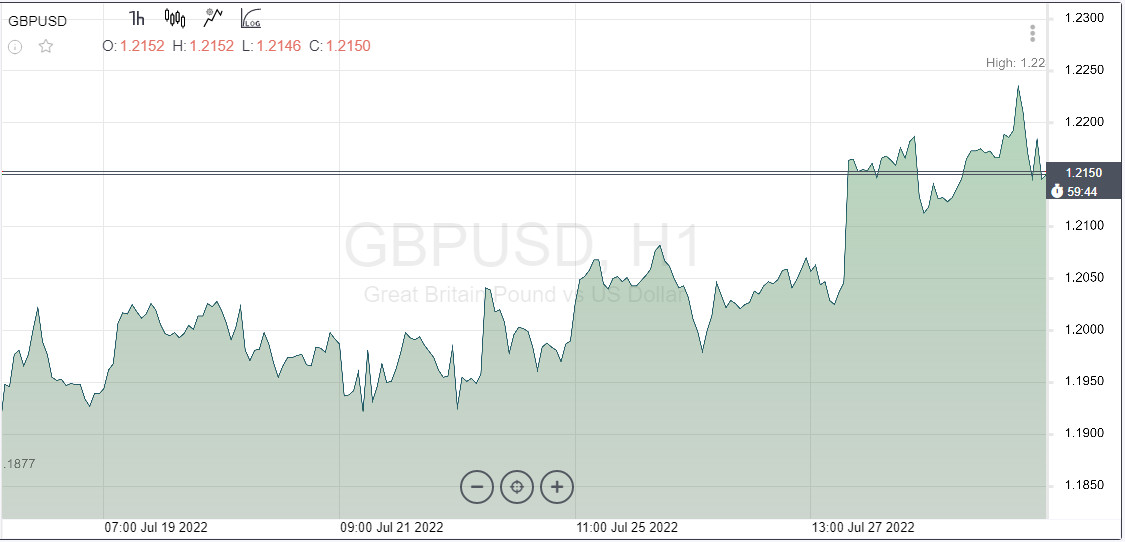
If this happens, the GBP/USD quote may reach 1.2500 by next Friday, especially if the weakening of the US macroeconomic data goes in parallel.
Commenting on the current situation, analysts state the growth of the GBP/USD pair for the second consecutive week after exiting the downward wedge upward model. The short-term path of least resistance is upward. The pair should strengthen the bullish momentum and rise higher.
Short-term support at 1.2090 is expected to keep GBP/USD from a possible failure.
 English
English 
 Русский
Русский Bahasa Indonesia
Bahasa Indonesia Bahasa Malay
Bahasa Malay ไทย
ไทย Español
Español Deutsch
Deutsch Български
Български Français
Français Tiếng Việt
Tiếng Việt 中文
中文 বাংলা
বাংলা हिन्दी
हिन्दी Čeština
Čeština Українська
Українська Română
Română

